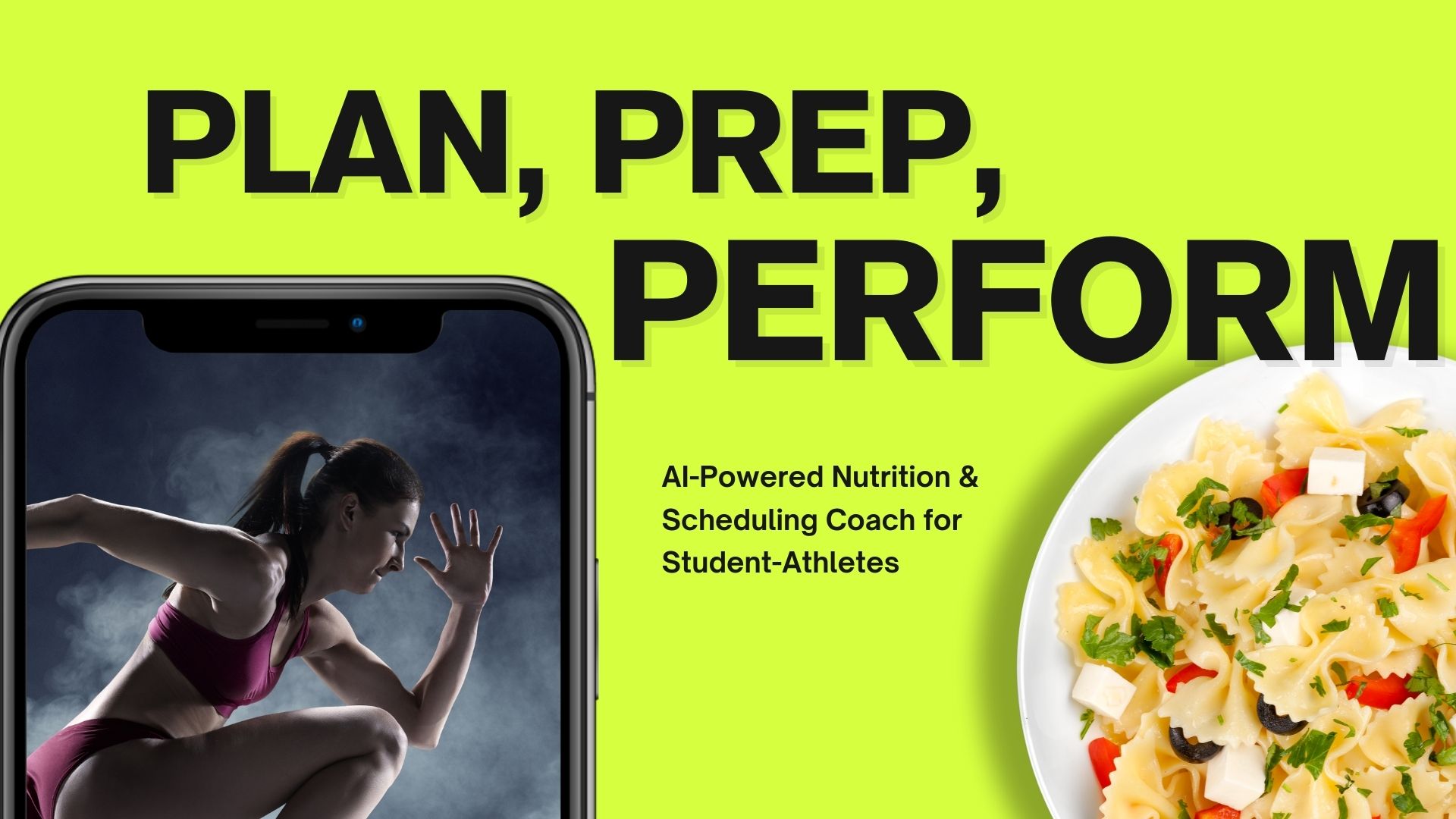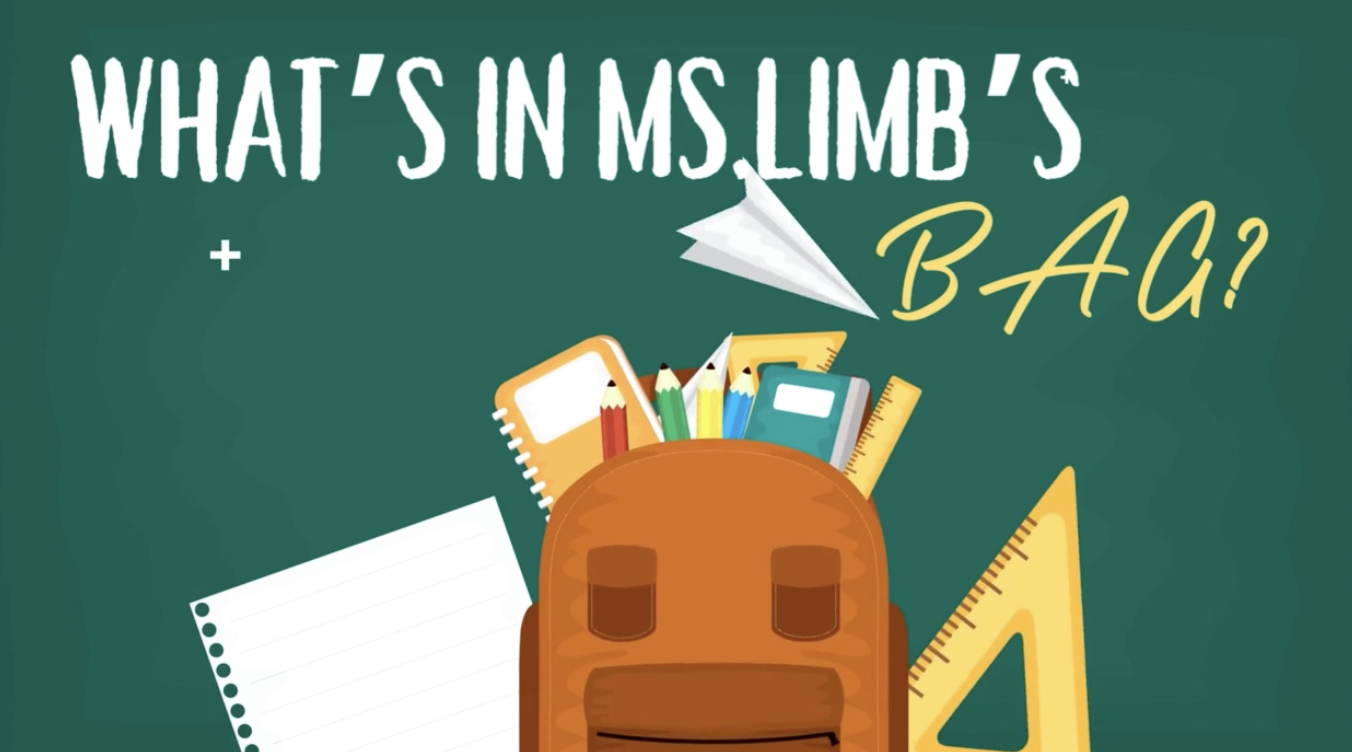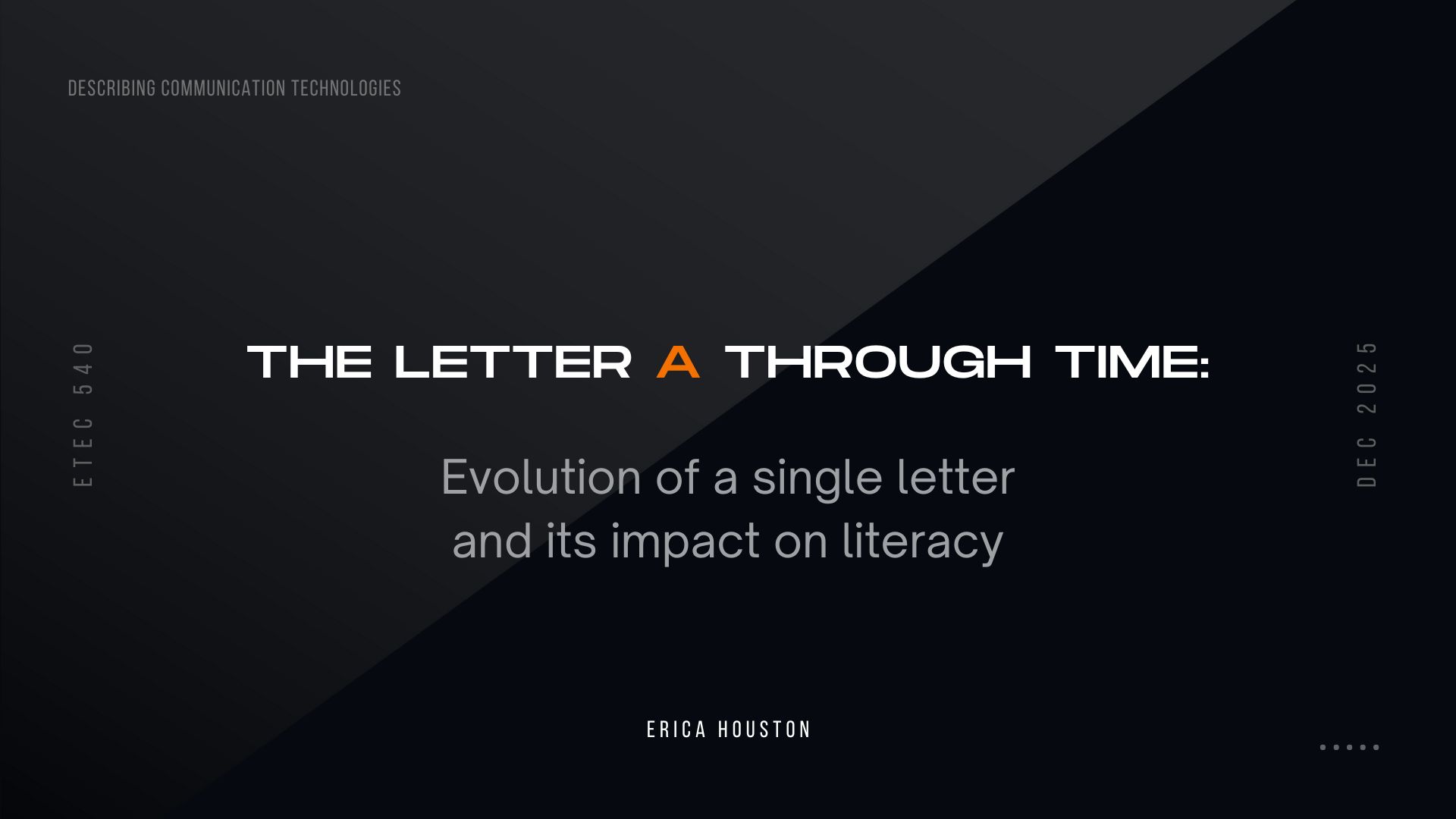Link to video presentation (opens in YouTube) Link to demo of Plan, Prep, Perform (built with Claude.ai) ETEC 565 – Final Project
Leave a CommentCategory: Assignments
( Sara’s original post can be found here ) I really enjoyed reading Sara’s reflection for Task 6: *An Emoji Story*. I’m fairly sure she was summarizing the CBC show *Schitt’s Creek*, the hilarious Canadian sitcom. Coincidentally, I started rewatching the series again tonight – it is becoming a holiday…
1 Comment(BL’s original post can be found here) BL’s mode-bending assignment is such an insightful example of how meaning totally shifts when you move from one mode to another. I really appreciated how BL didn’t simply translate their “What’s in your bag/phone” task into another form, but instead reconsidered the purpose…
Leave a Comment(James’ original post can be found here) I really enjoyed reading James’ post for Task 3 – Voice to Text. I didn’t do this task as part of my assignments so I was curious to see what the task was about and how others approached it. I also have not…
Leave a CommentDescribing Communication Technologies Below is my final project for ETEC 540 and describing communication technologies. I chose to follow the evolution of the letter “A” through time and how the evolution of a single letter has impacted our culture, education, and literacy. Click the image below to begin the presentation…
Leave a CommentFor this assignment, I reflected on Boroditsky’s (2017) talk, the power of language in our society, and how I use language in my part-time role as a high school volleyball coach. As a monolingual speaker, I don’t have multiple languages to draw examples from, so I turned to…
Leave a Comment** Adrianne’s original post can be found here: https://blogs.ubc.ca/akraft/2025/11/16/text-to-image/ For this linking assignment, I reflected on Adrianne’s post and their “Studio Ghibli-style” text to image prompt. Adrianne used the prompt in Microsoft Copilot: “Create an image of an inclusive makerspace in studio Ghibli style.” The resulting image was surprisingly…
Leave a CommentPrompt for Microsoft Copilot: “In approximately 500 words, describe or narrate a scenario about a building found a century into a future in which order is deliberately coordinated or imposed. Your description should address issues related to family and elicit feelings of excitement.” Response from Microsoft Copilot: The Harmonium Spire:…
Leave a CommentSee Full Text Conversations here: Experiment 1: Text to Infographics Experiment 2: Text to Photos Introduction This week in ETEC 540 we learned all about algorithms and discussed some technological applications (such as generative pre-trained transformers (GPT) and text-to-image generative models) that are central to the debates about technology…
Leave a CommentTask The goal of this task was to create a game using Twine. Background Info: What is Twine? Twine is a free, open-source tool for creating interactive, nonlinear stories using hypertext links. It allows users to build “choose your own adventure” style games through text and hyperlinked navigation. No coding…
Leave a Comment








